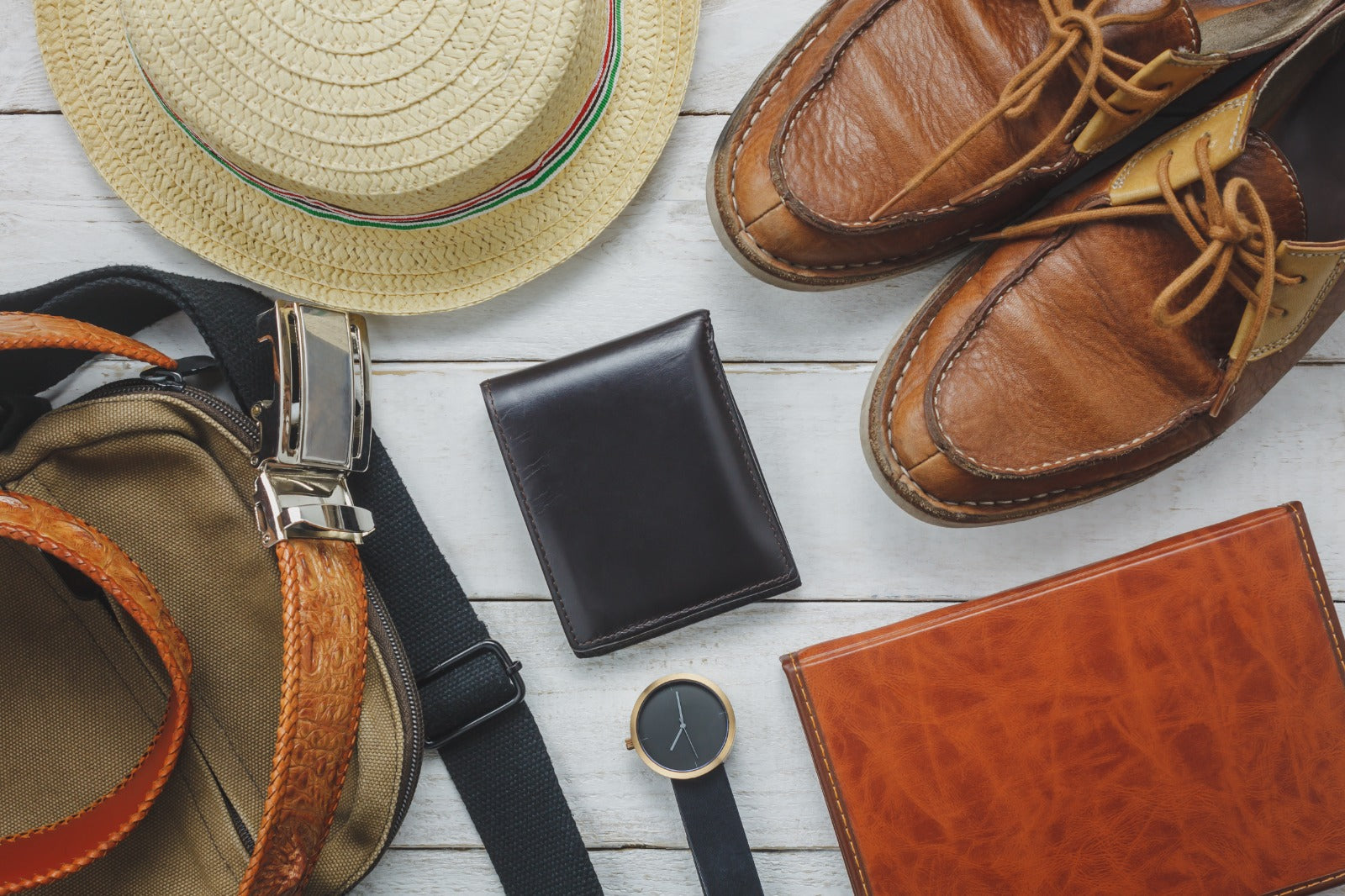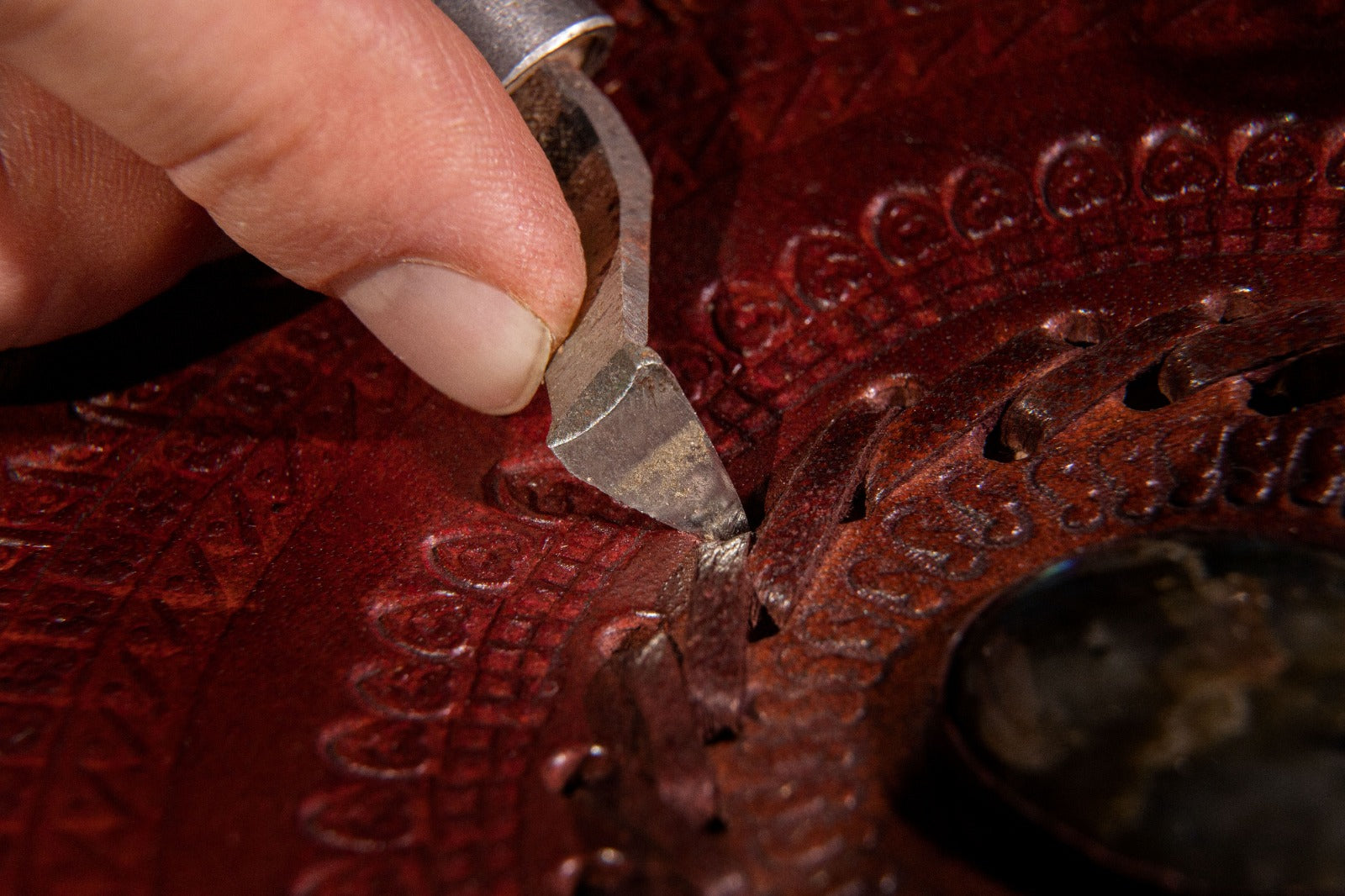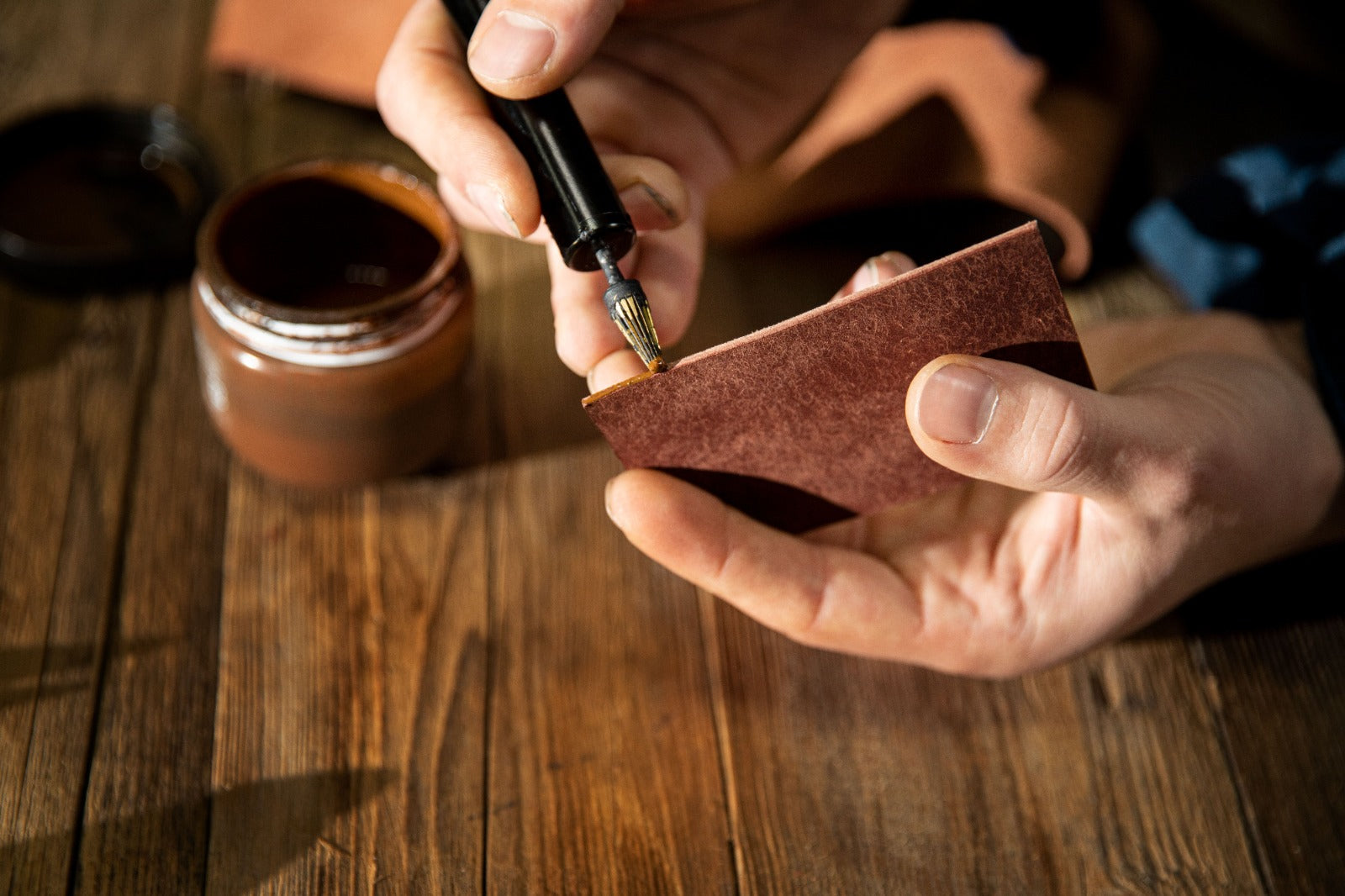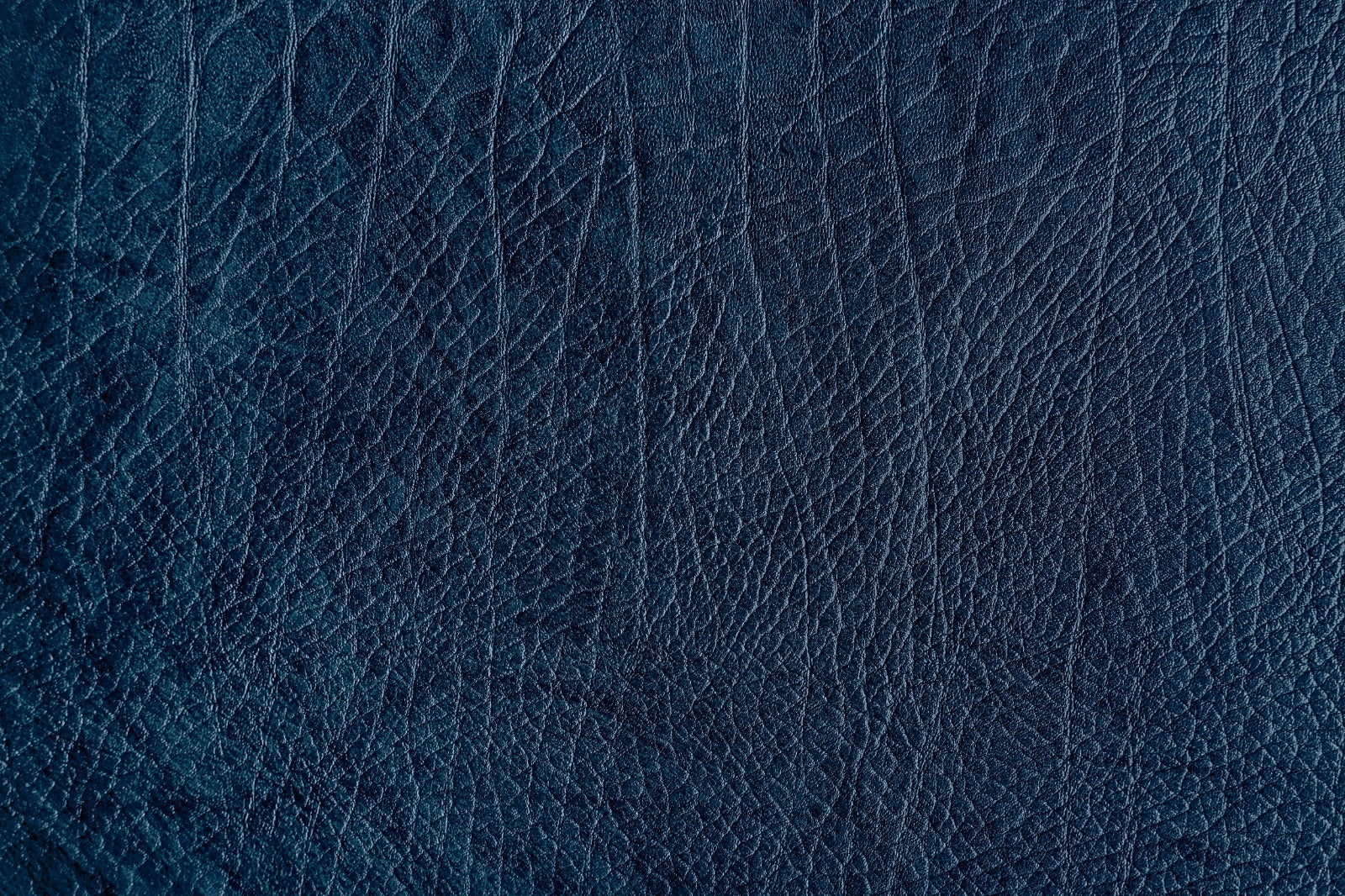
What Is Faux Leather? A Detailed Guide with Real Comparisons
In recent years, faux leather (also known as synthetic leather or vegan leather) has gained popularity as an alternative to genuine leather. But what exactly is faux leather, and how does it compare to real hides in terms of quality, durability, and environmental impact?
This guide explores everything you need to know about faux leather—its types, manufacturing process, advantages, drawbacks, and side-by-side comparisons with genuine leather.
What Exactly Is Faux Leather?
Faux leather is a man-made material created to replicate the look and feel of real leather without using animal hides. Common types include:
-
Polyurethane (PU) Leather – A fabric base coated with polyurethane for a leather-like appearance
-
Polyvinyl Chloride (PVC) Leather – Plastic-based and more affordable, but less breathable
-
Microfiber Leather – High-end version made from microfiber fabric layered with PU or PVC, offering better strength and texture
While all are considered “faux leather,” their performance and durability vary widely.
How Is Faux Leather Made?
The manufacturing process differs depending on the material:
PU Leather
-
Fabric base (cotton or polyester)
-
Coated with polyurethane resin layers
-
Embossed with grain patterns to mimic leather
-
Finished with dyes and protective coatings
PVC Leather
-
Built from a plastic base
-
Coated with PVC to achieve thickness
-
Printed or embossed with leather-like grain
Microfiber Leather
-
Microfiber fabric is tightly woven
-
Coated with PU or PVC for strength
-
Finished with realistic grain texture and sealant
Each type attempts to imitate leather’s natural look—but none can fully match its unique structure and breathability.
Advantages of Faux Leather
Faux leather offers some notable benefits, especially in certain use cases:
-
Affordable – Typically cheaper than genuine leather
-
Animal-free – Vegan-friendly option
-
Consistent Look – No natural scars, wrinkles, or variations
-
Water Resistant – With the right coating, resists spills and moisture
-
Easy to Clean – Surfaces can be wiped quickly with a damp cloth
Disadvantages of Faux Leather
Despite its benefits, faux leather has limitations that affect its long-term performance:
-
Shorter Lifespan – Can peel, crack, or fade over time
-
Low Breathability – Tends to trap heat and moisture
-
No Patina – Doesn’t age or develop character like real leather
-
Environmental Issues – PVC is plastic-based and not biodegradable
-
Flat Texture – Lacks the natural depth and richness of genuine leather
Faux Leather vs Genuine Leather: Side-by-Side Comparison
| Feature | Genuine Leather | Faux Leather |
|---|---|---|
| Durability | Long-lasting; improves with age | Short lifespan; prone to cracking |
| Texture & Feel | Unique pores and markings | Smooth, uniform grain |
| Breathability | Allows airflow; comfortable | Traps heat and moisture |
| Aging | Develops patina and character | Looks the same until it wears out |
| Environmental Impact | Biodegradable, repairable | Plastic-based, not eco-friendly |
| Cost | Higher upfront, long-term value | Lower cost, frequent replacement |
| Ethical Concerns | Animal-derived, but can be responsibly sourced | Vegan-friendly, but chemical-heavy |
When Does Faux Leather Make Sense?
Faux leather is practical in certain scenarios:
-
Budget Accessories – Wallets, belts, or seasonal fashion pieces
-
Vegan Alternatives – For those avoiding animal products
-
Trendy Styles – Bright colors and finishes not usually available in real leather
-
Temporary Use – Fashion items or products not expected to last long
How to Identify Faux vs Real Leather
Visual Check
-
Faux Leather – Perfectly repeating patterns
-
Real Leather – Natural imperfections, scars, and unique grains
Touch & Flexibility
-
Faux Leather – Smooth, cool, and rigid
-
Real Leather – Warm, supple, and softens with use
Smell
-
Faux Leather – Plastic or chemical scent
-
Real Leather – Earthy, rich, and distinctive aroma
Eco-Friendly Faux Leather Alternatives
As sustainability becomes more important, new faux leather innovations are emerging:
-
Bio-PU Leather – PU blended with plant-based materials
-
Recycled PET Leather – Uses upcycled plastic bottles as fabric base
-
Cork Leather – Harvested from cork oak bark, renewable and eco-friendly
-
Pineapple & Mushroom Leather – Plant-based fibers that mimic leather texture
While still developing, these alternatives aim to reduce the environmental drawbacks of traditional PU and PVC.
Caring for Faux Leather
To extend the life of faux leather:
-
Dust regularly with a microfiber cloth
-
Wipe with mild soap and water
-
Avoid conditioners (they can damage synthetic materials)
-
Keep away from direct sunlight to prevent cracking
-
Store in cool, dry spaces
Final Thoughts
Faux leather is affordable, vegan-friendly, and versatile, but it lacks the durability, breathability, and timeless charm of genuine leather. While suitable for short-term or budget purchases, genuine leather remains unmatched for those seeking longevity, natural beauty, and long-term value.








